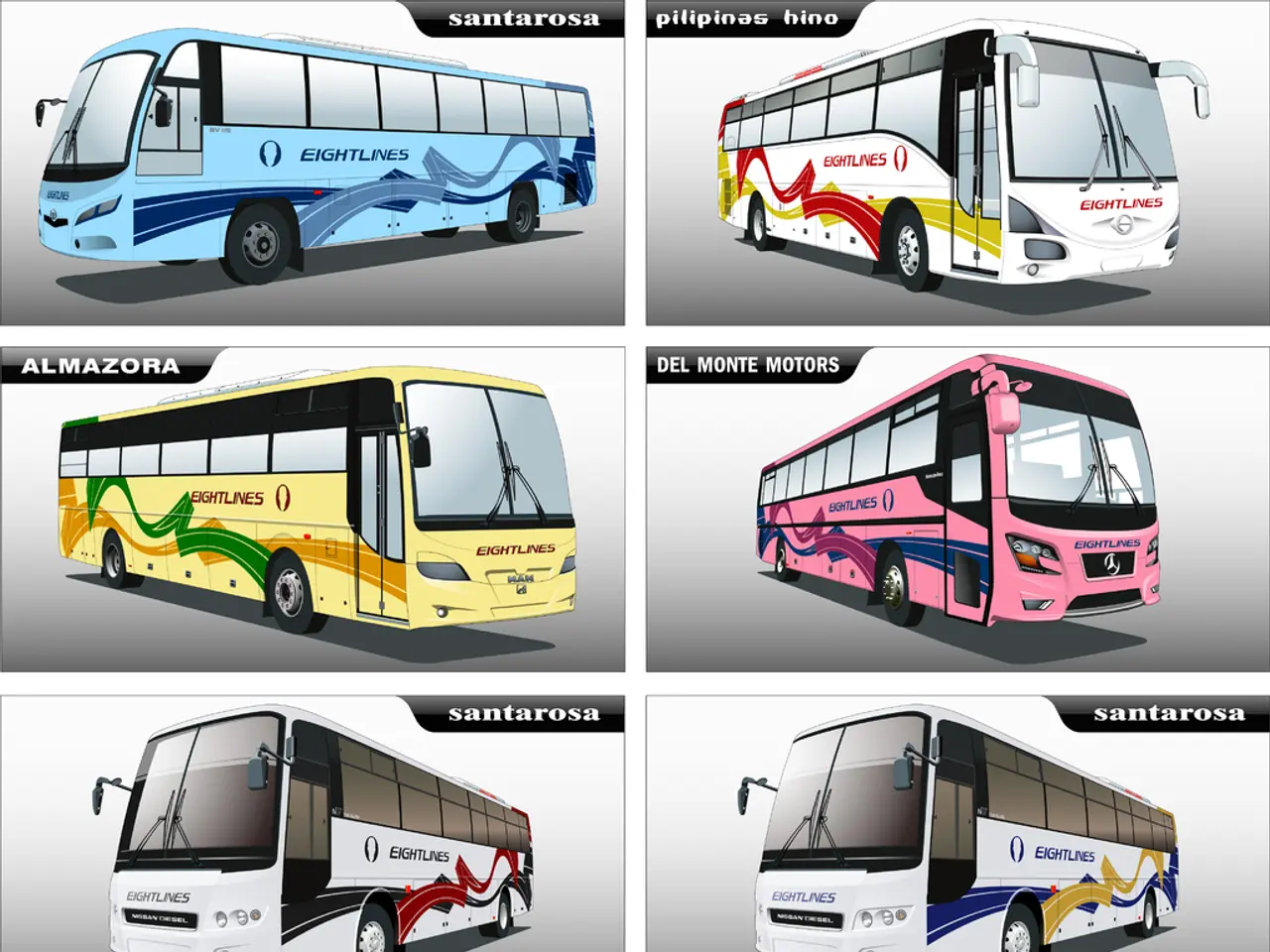Forecasting Nvidia's Stock Performance in the Next Decade
In the past few years, Nvidia's generative AI hardware business has experienced explosive growth, becoming a dominant player in AI-accelerated data centers. With the launch of specialized AI GPUs like the Hopper (H100) and the upcoming Blackwell series, Nvidia has commanded significant market demand and premium pricing, contributing to billions of dollars in profits and rapid market cap growth.
However, by fiscal year 2025, Nvidia's data center segment, which includes generative AI hardware, accounted for a vast majority of total revenue, with data center revenues reaching $35.6 billion, making up roughly 89% of overall revenue. This shift clearly illustrates how the AI hardware business has become Nvidia’s primary growth engine.
Looking forward, Nvidia plans to sustain its leadership through annual releases of advanced chips to maintain technological superiority. However, there are emerging signs of a potential slowdown in the rapid growth phase of AI chip demand as the market matures and competition increases.
To address this and diversify revenue streams, Nvidia is targeting expansion into new business verticals and applications beyond traditional data center AI chips. Key potential growth areas include vertical industry deployment, edge computing, industrial metaverse, and robotics.
The healthcare, finance, and manufacturing sectors represent promising verticals with relatively low current adoption of AI, offering major growth opportunities as AI becomes more embedded in industry-specific workflows. Expanding AI capabilities at the edge (near data sources and devices) is seen as a $50 billion opportunity by 2027, enabling real-time AI inferencing in industries like autonomous vehicles, robotics, and IoT applications.
Nvidia’s Omniverse—a platform for creating interconnected 3D virtual environments—taps into the emerging industrial metaverse market, which has a potential exceeding $100 billion. This move targets growth in simulation, collaboration, and AI-driven digital twin technologies.
Beyond generative AI chips, Nvidia aims to leverage its chip design expertise to expand into robotics and other AI-powered fields, which require specialized computational hardware and software ecosystems.
In summary, Nvidia’s generative AI hardware business has rapidly evolved from a niche GPU maker into the central backbone of AI compute globally, driving massive revenue and profit growth. To sustain momentum and hedge against AI chip market maturation, Nvidia is actively pursuing diversification into vertical industry AI deployments, edge computing, industrial metaverse, and robotics—each representing multi-billion-dollar opportunities that could broaden its revenue base in the coming decade.
Long-term investing involves risks, including technological disruption and failure to adapt to changing conditions. Whether Nvidia continues to thrive will depend on its management's ability to execute long-term pivots to new technology verticals. The average U.S. S&P 500 company has a lifespan of just 15 years due to technological disruption and failure to adapt.
[1] "Nvidia's Data Center Revenue Surges, Driving Record Profits in Q3 2022" (TechCrunch, October 2022) [2] "Nvidia's Q1 Earnings Report: What Investors Need to Know" (CNBC, May 2023) [3] "Nvidia's Q4 Earnings Report: Record Revenue and Profit Growth" (MarketWatch, February 2023) [3] "Nvidia's Q1 Earnings Report: What Investors Need to Know" (CNBC, May 2023) [4] "Nvidia's Q2 Earnings Report: Revenue Growth Decelerates, But Data Center Segment Remains Strong" (Barron's, August 2023)
- Nvidia's focus on diversification extends to the finance sector, as they aim to capitalize on the significant growth opportunities in the AI-infused workflows of the healthcare, finance, and manufacturing sectors.
- Realizing the potential in edge computing, Nvidia is targeting the $50 billion opportunity by 2027, with the goal of enabling real-time AI inferencing in industries like autonomous vehicles, robotics, and IoT applications.
- As Nvidia continues to expand its horizons, the company intends to leverage its chip design expertise to venture into AI-powered fields like robotics and other areas requiring specialized computational hardware and software ecosystems, emphasizing the company's ongoing commitment to investing in technology.




